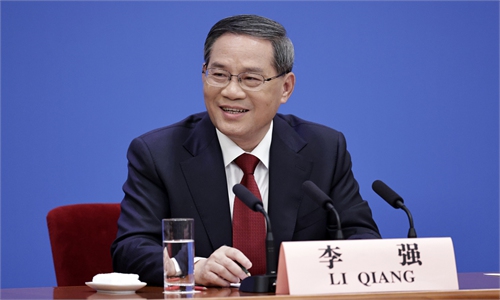Its chairman Tan Sri Ismail Bakar said the Malaysian civil service was once revered among the Commonwealth nations but noted that it is now entangled with integrity issues.
Ismail said giving marching orders to civil servants who are problematic is the way to go to prevent integrity issues from festering at the new department these officers are transferred to.
ALSO READ: Prepare to lose your job if you fail to report graft cases, warns MACC chief“
We are working on eradicating problematic officers in (government) agencies by way of early termination of their service. If the government agrees on this, it will be easier for us to perform our duties,” he said.
Ismail provided examples of court cases involving civil servants who have engaged in malpractice or misconduct.
“But we lost (the case). With the relevant laws, we can see how to terminate their service without having their case concluded in court trials,
Ismail said there has been precedent where problematic officials were terminated, citing existing regulations such as the Public Officers (Conduct and Discipline) 1993 that provide for this.
ALSO READ: ‘Be transparent in sacking corrupt civil servants’
He described the practice of transferring problematic officials to a different department as “a vicious cycle”, which might not be a deterrent.
“What is also worrying is that some civil servants and enforcement officers would get a third party, such as an influential individual or a company, to protect their wrongdoings.
“What is more saddening is that there are higher-ups who are complicit in their subordinates’ wrongdoings.
“In fact, some have even led such activities. Such deeds have tarnished the civil service’s image,” Ismail said.
ALSO READ: ‘Problematic’ civil servants risk early termination, says EAIC chief
He said if enforcement agencies’ disciplinary bodies do not adopt EAIC’s recommendations, it sends a signal that they are not serious about eradicating wrongdoing.
Ismail, who is a former chief secretary to the government, also said that low wages should not be an excuse to be corrupt.
“You already knew your wages (before joining the service), so why did you still take up the job?
“Never use low wages to legitimise corruption,” he said in his opening remarks at the EAIC coordination meeting with enforcement agencies’ department heads yesterday.
“If you love the civil service, carry out the duties you are assigned responsibly,” he said.
Ismail said the EAIC had received 229 reports on integrity cases between June 1, 2023, and May 31, this year, with the highest number of cases related to the Immigration Department.
During this period, the commission initiated 17 investigation papers regarding alleged malpractices by civil servants.
Almost 90% of the probes have been completed and decisions have already been reached regarding two individuals who are being investigated.
The EAIC had, among other things, recommended terminating the public officers’ service, halting their promotion and issuing warnings.
EAIC is a federal statutory body responsible for monitoring and investigating public complaints about the alleged misconduct of enforcement officers or agencies as listed in Act 700.
Currently, it has 21 enforcement agencies under its supervision.
This includes the Immigration Department, Customs Department, Malaysian Maritime Enforcement Agency, National Registration Department and Road Transport Department, among others.Ismail also said that the commission is looking for more agencies to fall under its jurisdiction.
Related stories:
Prepare to lose your job if you fail to report graft cases, warns MACC chief
‘Be transparent in sacking corrupt civil servants’
‘Problematic’ civil servants risk early termination, says EAIC chief
EAIC investigated 17 cases of civil service malpractice in past 12 months
Related posts:











